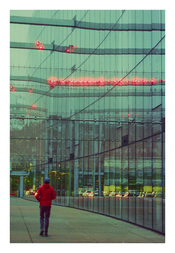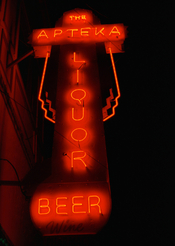Hi all,
Quite tough to get an answer to that question by myself online, so I try here. On what speed should I set my lightmeter to shoot neons by night in the street?
I basically want the same results as his without a big halo surrounding the red colors, such as here https://www.youtube.com/watch?v=c_-OKve0KCI (at 3:16, etc.)
Is the use of a tripod mandatory?
Thank you!
Quite tough to get an answer to that question by myself online, so I try here. On what speed should I set my lightmeter to shoot neons by night in the street?
I basically want the same results as his without a big halo surrounding the red colors, such as here https://www.youtube.com/watch?v=c_-OKve0KCI (at 3:16, etc.)
Is the use of a tripod mandatory?
Thank you!














 Do you come from digital or do you have really fast lenses? You will most probably have to go way bellow that to capture some of the ambient.
Do you come from digital or do you have really fast lenses? You will most probably have to go way bellow that to capture some of the ambient.



